By Kevin M. Hymel
General Joseph Stilwell was one of the United States’ best military commanders, yet in the course of America’s involvement in World War II he never led U.S. troops into battle. Twice he was slated to lead America’s first and last offensives, but twice circumstance and fate prevented him from fulfilling his combat destiny. The first assignment, the invasion of Africa, was Stilwell’s from the start, but his talents and knowledge of China led him to the Far East for two and a half years.
His last assignment saw him at the head of the American Tenth Army preparing for the invasion of Japan. The atomic bomb attacks on Hiroshima and Nagasaki, however, ended the war before he could exercise his skills.
The Japanese attack on Pearl Harbor on December 7, 1941, found Stilwell commanding the U.S. Army’s III Corps in Carmel, Calif. He was recently promoted from command of the 7th Division and was rated first of the 47 major generals in the United States. He spent the first two weeks of the war preparing California’s defenses for a Japanese attack when, on December 22, the War Department called him with orders to report immediately to command an expeditionary force. When told to plan on being away for some time, he responded, “You can bet on that.”
Stilwell was a 1904 graduate of West Point and showed great promise as a soldier from an early age. As a second lieutenant in the Philippines, he carried an exhausted sergeant through a hostile jungle before reaching safety. In World War I he served in both French and American commands, sometimes performing reconnaissance duties in No Man’s Land. But his greatest experiences came on the continent of Asia. He had spent over a decade altogether in China, as an Army language student in Peking, a construction engineer in Shansi province, a battalion commander in Tientsin, and finally as a military attaché in Peking at the time of Japan’s invasion of China. He learned the Chinese language and understood the complex political situation of the part-Nationalist, part-Communist country. Returning to the United States, he taught infantry tactics at the Fort Benning Infantry School.
“Vinegar Joe”
Skinny, without an ounce of fat on him, always squinting through steel-rimmed glasses, and disciplined in body if not mind, Stilwell had a habit of spewing off at incompetence and anything else that displeased him, consequences be damned, earning him the nickname “Vinegar Joe.” In 1939 he returned to the United States from his latest tour of China to command the 3rd Brigade of the 2nd Infantry Division. During the Louisiana Maneuvers, he proved himself an energetic leader who popped up all over the place. He jumped off ahead of schedule and used night marches to encircle and defeat opponents.
Stilwell’s actions earned him the command of the 7th Division, then in its infancy with 85 percent draftees. He created the training schedule and demanded much from his men, especially the officers. “If you didn’t deliver,” commented one officer, “you didn’t last long.” His methods paid off during the Army’s maneuvers in the summer of 1941. As part of an outnumbered attacking force, Stilwell’s unit attacked San Francisco, and, although unsuccessful, his inspired men often dropped their weapons and engaged the “enemy” with their fists. Stilwell’s performance earned him a promotion to head the III Corps.
He arrived in Washington on Christmas Eve and met with the Deputy Chief of the War Plans Division, Brig. Gen. Dwight D. Eisenhower, who informed him that he was to command Operation Black, the invasion of Dakar, the country’s first offensive action. Dakar, a port city in French West Africa just north of Gambia, was under the control of Vichy France and considered hostile territory. Logistically, it seemed the logical place to start the war since it was the country’s closest target across the Atlantic Ocean. President Franklin D. Roosevelt wanted a quick, initial victory to show the Allies that the United States was serious about taking offensive action against Hitler and to give a boost to the American home front. And Joseph Stilwell was going to lead the attack.
Dakar had already proved a hard nut to crack. The British Royal Navy and Free French had tried to invade the port city in 1940, believing it to be a potential German U-boat base. On September 23, ships of the Royal Navy, escorting 2,500 Free French troops, arrived off the coast of Dakar and exchanged fire with the harbor guns. The Royal Navy took the brunt of the damage. No Free French landed, and the port remained in Vichy hands.
Stilwell Takes the Lead for the Offensive
Stilwell’s posting to this tough assignment was no fluke. He had been hand-picked by the Army Chief of Staff, General George C. Marshall, who considered him “farsighted, highly intelligent,” and “one of the exceptionally brilliant and cultured men of the Army.” Stilwell had served with Marshall in Tientsin, China, in the 1920s as a battalion commander of the 15th Infantry Regiment while Marshall served as the regiment’s executive officer. They served together again at Fort Benning where Stilwell taught under Marshall. Their appreciation of each other’s professionalism grew.
Stilwell’s reaction to getting the lead job for the first offensive was simple: “It didn’t make me feel any different from before, somehow.” He immediately went to work. Dakar presented a number of problems, central of which were manpower and supplies. The United States did not have the resources, one month into the war, to launch a major offensive. There was a shortage of shipping, and the British were requesting American war materiel faster than it could be produced. “This country is a slow starter,” Stilwell confided to his diary, “but it is full of guts, and we are going to win.”
The best Stilwell could put together was the 1st Marine Force of 11,000 men transported by the U.S. Navy to Dakar by March 3. The 2nd Armored Division, the 2nd Infantry Division, and the 36th Infantry Division would follow. Unfortunately, reinforcements could not arrive until the ships had made a 45-day round trip back to the United States. The Marine force was soon replaced with the 1st Infantry Division. Stilwell did not have much confidence in the plan’s success. The operation was too risky and did not leave room for error. He even toyed with the thought of taking the Canary Islands in the Atlantic as a stepping-stone toward Dakar, until the War Department informed him that the British planned to take the islands. Stilwell was torn about that plan: “We can’t do all these things alone, so the Limeys must do it jointly. And to hell with these ‘joint things.’ I don’t like ’em.” It was the consensus in Washington that the first American attack would have to be a victory, and Dakar was seeming less like a sure thing.
The atmosphere in Washington did not inspire confidence either. Stilwell saw the war-excited capital as “a rush of clerks in and out of doors, swing doors always swinging, people with papers rushing after other people with papers, groups in corners whispering in huddles, everybody jumping up just as you start to talk, buzzers ringing, telephones ringing, rooms crowded, with clerks banging away at typewriters…. Everybody furiously smoking cigarettes, everybody passing you on to someone else.” Stilwell’s solution was simple: “Someone with a loud voice and a mean look and a big stick ought to appear and yell ‘Halt. You crazy bastards. Silence. You imitation ants. Now half of you get the hell out of town before dark and the other half sit down and don’t move for one hour.’ Then they could burn up all the papers and start fresh.”
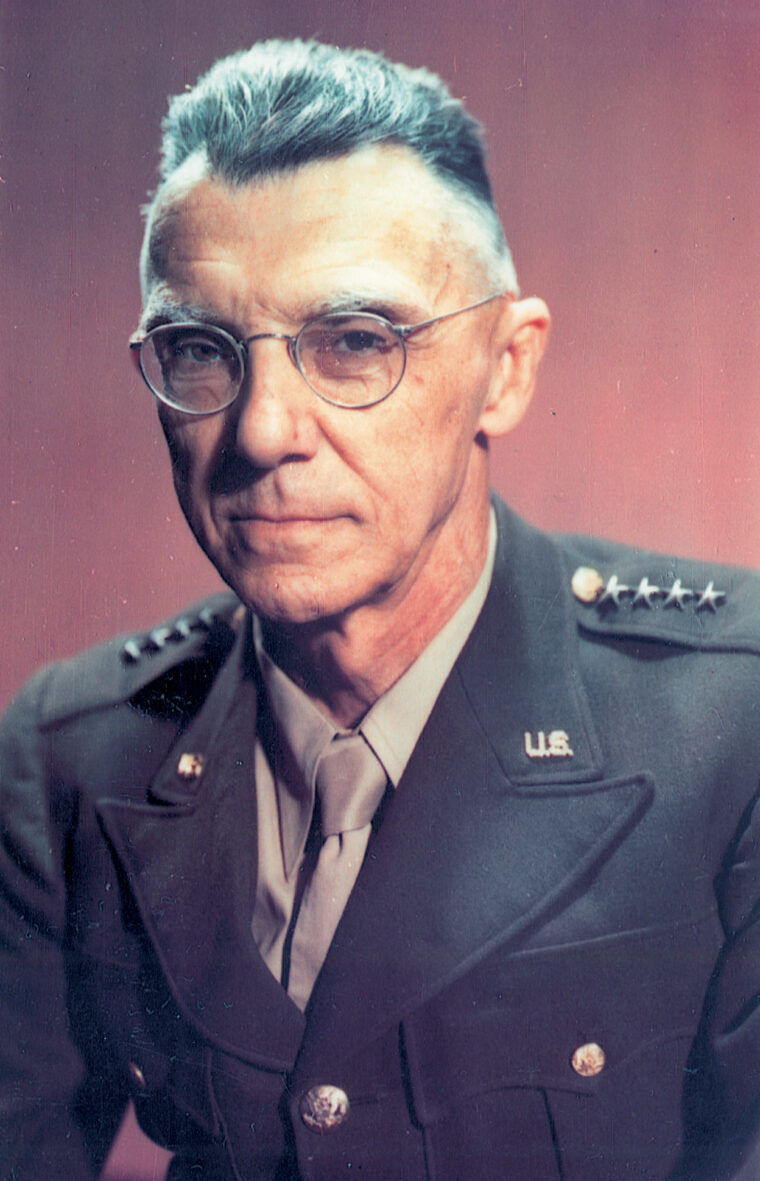
Operation Gymnast
The direction of America’s first offensive would fall victim to this confusion. “This a.m. it was Dakar, this p.m. it is Casablanca,” Stilwell noted on December 26, two days into his planning. “No one knows where I am going.” The next day his orders changed again. “New Directive,” he wrote. “Now it’s Casablanca or Dakar.” With Casablanca, code-named Operation Gymnast, he now had to contend with landing a force much closer to the Axis front, controlled by 1,100 German planes and 185,000 Axis troops, and all the while he still had to forge ahead on his Dakar operation. He did not have much faith in Gymnast either: “The means are meager, the transport uncertain, the consequences serious. A few lucky hits will jeopardize the whole affair.” Stilwell realized the futility of planning two offensives. “The plain truth is we can do one thing and not several and we’ll have to pick it out.”
While Stilwell worked on ever-growing offensive ideas against Germany, things were heating up in the Pacific. The Japanese were on the march on every front. They broke through British defenses in Malaya and landed invasion forces in Borneo and the Dutch East Indies. In the Philippines, they had forced General Douglas MacArthur to declare Manila an open city and retreat to the Bataan Peninsula. Stilwell was aware of all these setbacks as he toiled in Washington and even gave them some thought. He could not understand how MacArthur could allow 17 of his 35 Boeing B-17 Flying Fortress bombers to be destroyed on the ground on the second day of the war, and he realized the United States would have to pick one theater in which to begin offensive action. It would probably be the Atlantic. Considering that tough decision, he asked himself, “What will the U.S.A. think of a government that abandons the Philippine Islands and the Netherlands East Indies to their fate?”
As it turned out, it was the war against Japan that had Stilwell’s superiors looking his way. On January 1, 1942, he met with Marshall on what he thought was going to be a discussion about either Operation Black or Operation Gymnast. Marshall wanted to talk about China. He was troubled with the unified command he was putting together since the British could not even find unity among their own branches of service. They discussed Lt. Gen. Hugh Drum as a candidate to head the command in China.
Drum was the Army’s senior ranking soldier. He had been chief of staff of the First Army in World War I and was expecting to be the John J. Pershing of World War II. He was also no friend to Marshall, who had beaten him out of the job of chief of staff in 1938. “Drum will be ponderous and take time through interpreters,” Stilwell thought. “He will decide slowly and insist on his dignity. Drum by all means.” As for himself as a candidate, Stilwell’s reaction was immediate. “Me? No, thank you. They remember me as a small-fry colonel that they kicked around. They saw me on foot in the mud, consorting with coolies, riding soldier trains.”
Forced Out of the European Front?
The two left the meeting with Stilwell none the wiser that he was becoming the prime candidate for China. Marshall and Drum met on January 8, with Drum proposing new commands for himself while complaining about the China posting. Marshall lost his patience and erupted. He shouted at Drum that the United States was at war and that officers would have to put aside their personal ambitions for the country to win. Drum continued to press his points until Marshall coldly told him that he would recommend against Drum’s appointment. Drum had lost his job.
Stilwell, meanwhile, had been working on Black and Gymnast when Marshall called and told him about the debacle with Drum, then he dropped the bomb: “Joe, you have 24 hours to think up a better candidate. Otherwise it’s you.” Stilwell took Marshall’s call seriously. “For God’s sake,” he told his assistant, “think hard or we’re hooked.” Stilwell’s prized assignment was fading from sight. Try as he might to delve into Black or Gymnast, the writing was on the wall. He knew of no one else with his extensive experience in China.
On January 14, the door on Stilwell’s European Front career began to close. He was invited over to Secretary of War Henry Stimson’s home for a conference on the war. Earlier that day he had submitted his plans for Black and Gymnast, the latter with a list of 65 reasons why the Casablanca operation would not work and an alternative on what the United States could do with its resources within a reasonable time frame.
When Stilwell entered Stimson’s house, he realized he was the only guest. They talked for an hour and a half about the war in China, and Stimson was impressed with Stilwell’s knowledge. He “gave me a better first hand picture of the valor of the Chinese armies than I had ever received before.” He asked Stilwell how he felt about the assignment. Stilwell swallowed hard and said simply, “I’ll go where I’m sent.” Pleased with this selfless answer, Stimson told him, “More and more, the finger of destiny is pointing at you.” For a man who was about to lose the most coveted command in the U.S. Army, Stimson thought Stilwell seemed enthusiastic. After the meeting Stimson felt he had “discovered a man who will be very useful to us in the problems that are coming.”
Shocking News for Stilwell’s Staff
While nothing was official, Stilwell turned his attention to China. He met with Marshall on the duties and responsibilities of the China assignment, all the while hoping someone else would appear to step into the China gap. He demanded that he be given full command powers over Chinese troops, a demand Marshall had him write out before sending it to the Chinese representative, T.V. Soong, who agreed. Stilwell was given Drum’s office and desk. On January 23, Marshall asked him, “Will you go?” Stilwell answered with the same response he gave Stimson. “I’ll go where I’m sent.”
The door was closed. Stilwell was heading to China. His staff was shocked. They took the news in “stunned silence.” He confided in his diary, “Here just a month and the blow fell. The old gag about ‘they shall offer up a goat for a burnt sacrifice’ is about to apply to my own case.” Marshall never hinted at any feelings either way, but one of his colleagues offered that all Marshall wanted to do was “to get rid of Drum in a clever way and all he’s accomplished is to lose his best corps commander.”
On March 6, 1942, Stilwell’s plane touched down in Chungking, China, just three days after the invasion of Dakar was to take place. He was to begin the unforgiving task of overseeing the delivery of Lend-Lease materials to China, commanding all forces in China, and acting as Chiang Kai-shek’s chief of staff. Stilwell battled the Japanese, Chinese corruption, General Claire Chennault of the Flying Tigers, and the Generalissimo himself, of whom Stilwell thought so little he took to calling him “Peanut.” The conflict between the two eventually led to Stilwell’s recall to the United States in October 1944.
Set up to Fail
The planned invasion of Dakar, the famed Operation Black, was shelved as too much effort without enough payoff. Gymnast, however, came to fruition in the form of Operation Torch, the landings at Morocco, Algeria, and Tunisia under Eisenhower. The landings took place in November 1942, eight months past Stilwell’s target date to get the United States into the war, and included men and ships that were not ready during Stilwell’s tenure.
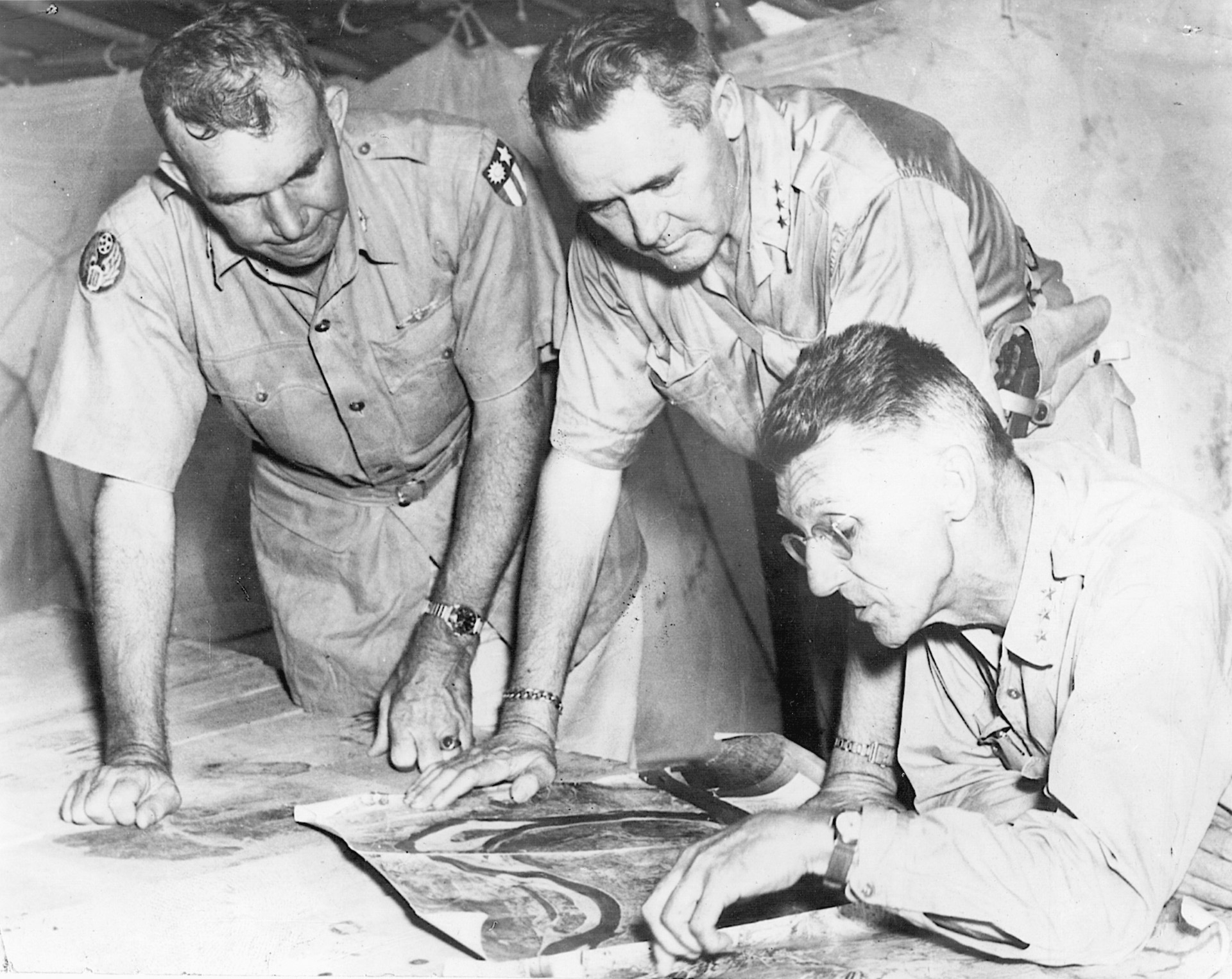
Almost three years later, Stilwell’s plane touched down in Washington under a cloud of disgrace. His efforts in China could not overcome Chiang Kai-shek, who fought so hard to hoard his munitions and men to fight the Chinese Communists after the war with Japan. Stilwell, unfairly, came to represent the failed China policy. He was sacked. He was whisked off a plane at National Airport and brought to Fort Meyer, Va., where he was told to keep a low profile. When Marshall came to visit him that night he asked the chief of staff if he could command a division. Marshall laughed. Four-star generals, which Stilwell now ranked, did not command lowly divisions. Marshall told him to take a month off. Reminiscent of his “Nobody knows where I’m going” line in 1942, Stilwell now lamented, “There is really no job for me.”
Stilwell did not want time off. He wanted to command. Instead, on January 28, 1945, he was appointed commander of the Army ground forces in the United States. He was responsible for training the Army for combat, touring bases across the nation, and overseeing the conditions for new recruits. He chafed at the new assignment. “I will stand it as long as I can,” he wrote his wife, “and then explode.” He continued to petition for command whenever he was in Washington. He called on Admiral Chester Nimitz when the admiral was in Washington. He even solicited President Roosevelt, who seemed to have warmed to him after his turbulent days in China.
The General’s Quest for Command
In May, Stilwell decided to visit the Pacific Theater to survey the needs of Army commanders. The war was winding down. Germany had surrendered on May 9, and the Battle of Okinawa, the last campaign of the war, was already a month old. Stilwell knew this visit to the front might be his last chance to get into the war. Before he left, he gave Marshall a two-page report on the invasion of Japan, demonstrating his knowledge of the subject. Marshall told him there were no commands available in the Pacific but to make the best of it.
Stilwell reached Manila in the Philippines on May 25, where he met with MacArthur, who greeted him enthusiastically and encouraged him to visit his Sixth and Eighth Armies. When finished, he was to report back to MacArthur with suggestions and ideas. Stilwell spent the next 25 days inspecting the armies, even visiting his beloved 7th Infantry Division on Okinawa, where some of the worst fighting of the war was taking place. When he returned to MacArthur on June 18, he was asked to become chief of staff. Stilwell turned the offer down because, as he wrote in his diary, “I fancied myself a field commander.” MacArthur then offered him a field army, to which Stilwell responded he would take a division just to be with troops again. “If you would take an Army I would rather have you than anyone else I know,” MacArthur replied.
But he was lying. He preferred someone else over Stilwell. MacArthur was growing weary of the Tenth Army’s performance on Okinawa. Its commander, Lt. Gen. Simon Bolivar Buckner, kept throwing men at the well-defended Japanese on the southern tip of the island. He refused advice to flank the enemy with an amphibious assault and was showing little gain for his unimaginative efforts. He was also under the command of Admiral Nimitz, MacArthur’s rival in the Pacific. MacArthur considered Buckner tainted by the Navy and wanted no part of him. MacArthur preferred Marine Lt. Gen. Oscar Griswald, not Stilwell, to command the Tenth. As Buckner’s deputy and commander of the Marine contingent on the island, MacArthur felt Griswald was “eminently qualified in every aspect.”
Japanese Artillery Rounds Sent Shrapnel into the General’s Chest
But with the campaign on Okinawa in a mopping-up stage, it seemed logical that Buckner would keep his command when the Tenth was transferred to MacArthur for the invasion of Japan, Operation Coronet. With no prospects for command, Stilwell boarded his plane for the journey home, first stop Guam. When his plane landed on the small island he received news that events outside his control had once again thrust him back into the spotlight.
At the same time as MacArthur was dismissing Stilwell in Manila, General Buckner was on Okinawa, standing in a small command post close to enemy lines. Five Japanese artillery rounds exploded into his position, shattering a huge rock and driving shrapnel into Buckner’s chest and abdomen. Buckner died 10 minutes later. He was the highest ranking officer killed by enemy fire in World War II.
Informed of Buckner’s death, Stilwell immediately sent a message to MacArthur explaining where he could be reached before continuing eastward. On Okinawa, Maj. Gen. Roy S. Geiger, the senior commander on the island, assumed command of the Tenth. MacArthur wanted Griswald, but Marshall interceded and appointed Stilwell commander after Geiger completed the campaign. Upon Stilwell’s arrival in Honolulu, he got the word: “Command Tenth Army. Return to Guam at once.”
When the battle ended, Stilwell took over the Tenth Army and began preparing it for the invasion of the Japanese Home Islands scheduled for March 1946. Despite the nine months to prepare, he jumped into the job with a lightning pace and a disciplined eye. “I have to be an s.o.b. or risk disaster.” He reveled in being at the head of an army that included his old 7th Infantry Division. He was not as pleased, however, to find that Canadian, Australian, and Indian divisions were also attached to the Tenth.
Stilwell thought he had made it. The last great invasion of the war, and he would be in the vanguard. The one thing that he had wanted to do since the Japanese attacked Pearl Harbor and that had eluded him for the length of the war was now again within his grasp. But once again it was not to be. Two forces were conspiring against him. The first was General MacArthur. Angered that his pick to command the Tenth had been stopped cold by the chief of staff, he began stripping away Stilwell’s combat units and assigning them to other commands. As contingencies were developed for the possible collapse of Japan, MacArthur gave Stilwell’s army the job of occupying Korea, as MacArthur explained, “when the opportunity permitted.”
“So It Is Over…”
Only a month and a half after Stilwell took command, a lone Boeing B-29 Superfortress flew over Hiroshima and dropped the first nuclear weapon on the Japanese city. The Soviet Union entered the war the next day, and a second atomic bomb was dropped on Nagasaki on August 9. Japan surrendered five days later. Stilwell recorded the event in his diary with a simple “So it is over.”
But Stilwell was not completely disappointed about missing the last invasion. He was more relieved the killing had stopped. He had a son at West Point and had worried that he might be killed in combat. “I am so thankful we do not have to throw Ben into the pot,” he wrote his wife.
And so it was that one of the United States’ best fighting generals, rated first of 47 major generals in 1940 and first of nine corps commanders in 1941, never saw combat at the head of an American fighting force. There is no telling how Stilwell would have performed in either Africa or Japan, but he probably would have been up front, close to the troops, and very inspiring in his leadership. Stilwell, however, was the kind of soldier, despite his rank, who knew how to take orders and carry them out. Instead of leading the first and last great invasions of the war, he went where he was sent and contributed to victory in an impossible theater of command.
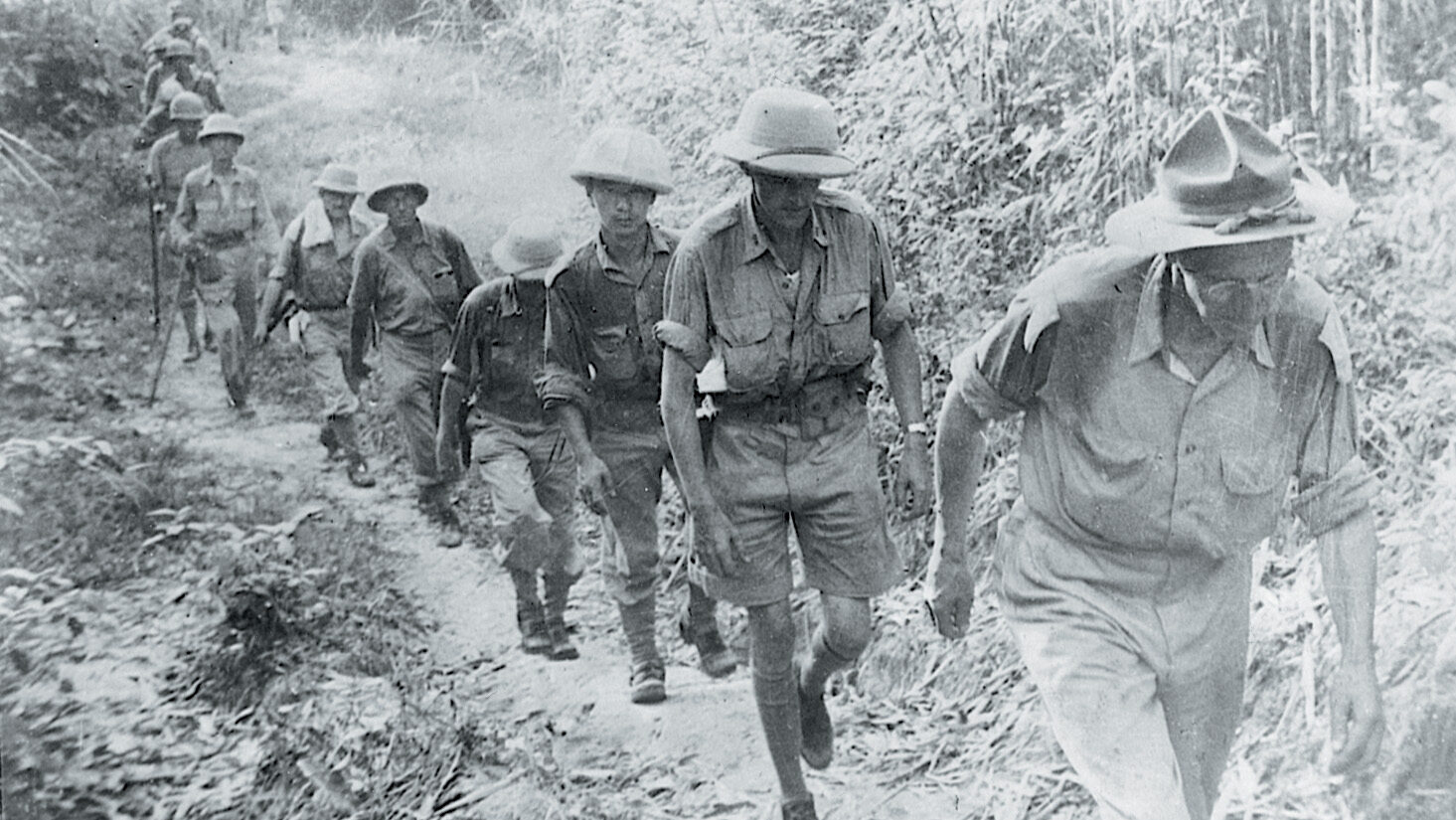
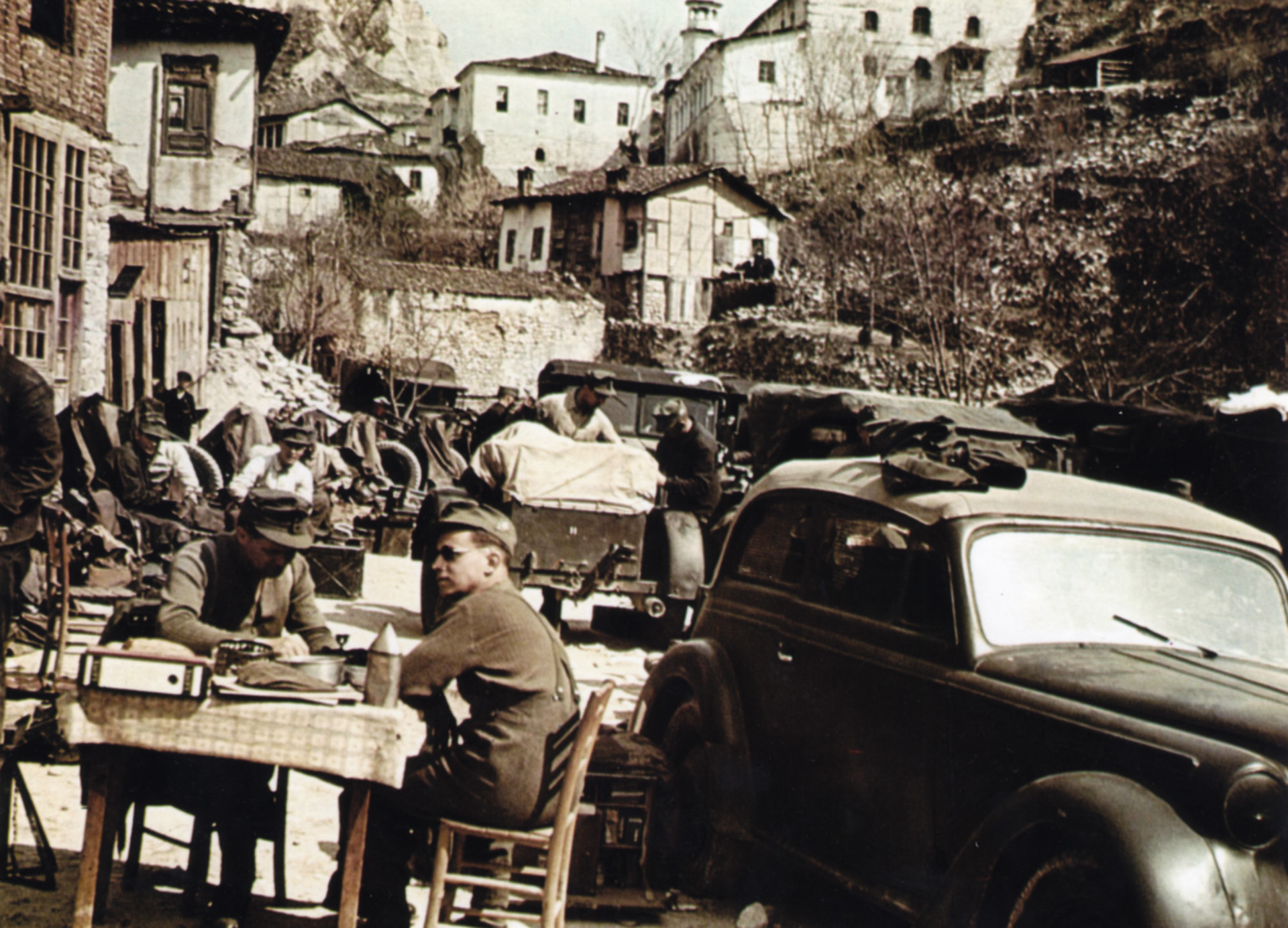
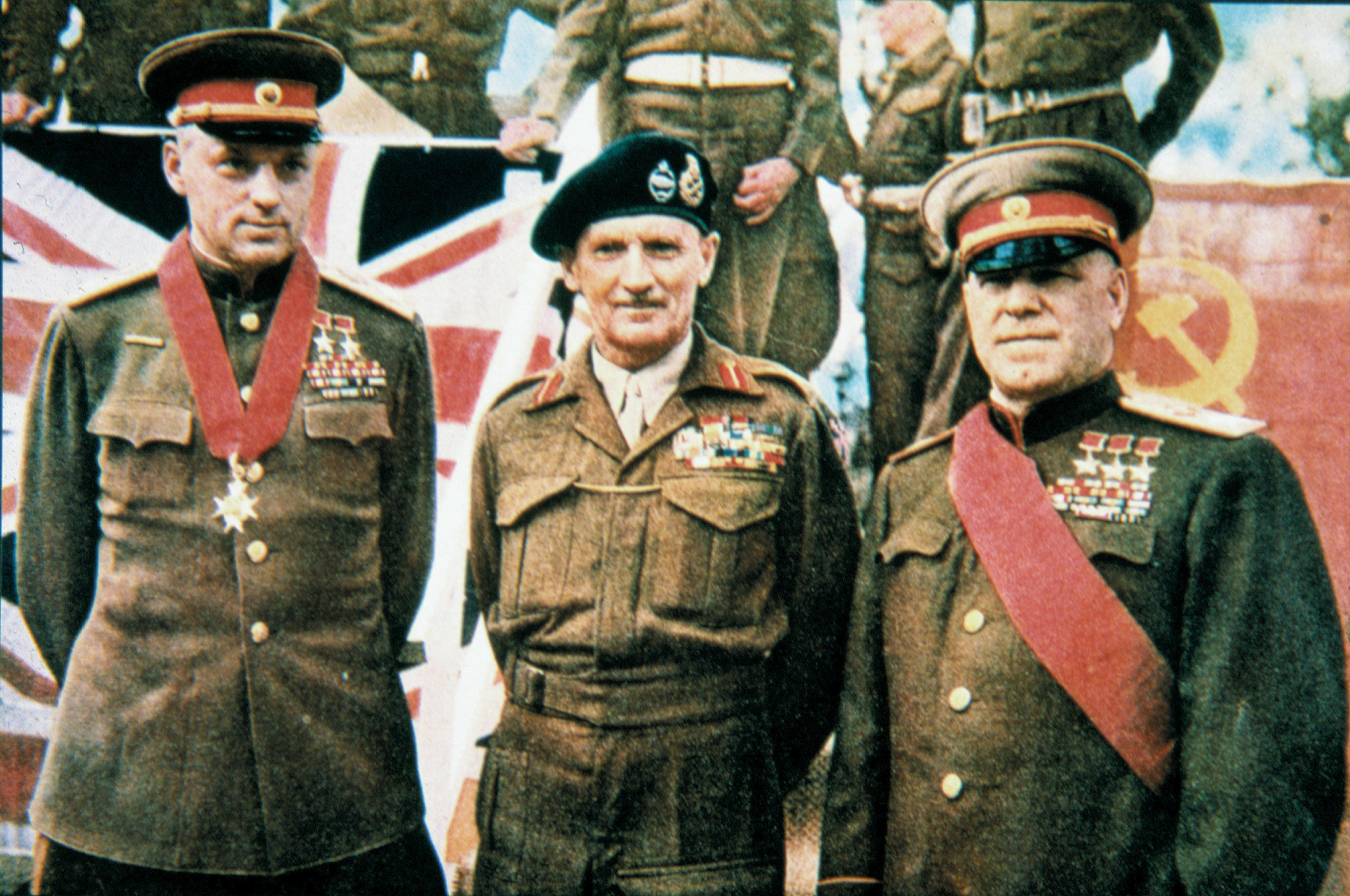
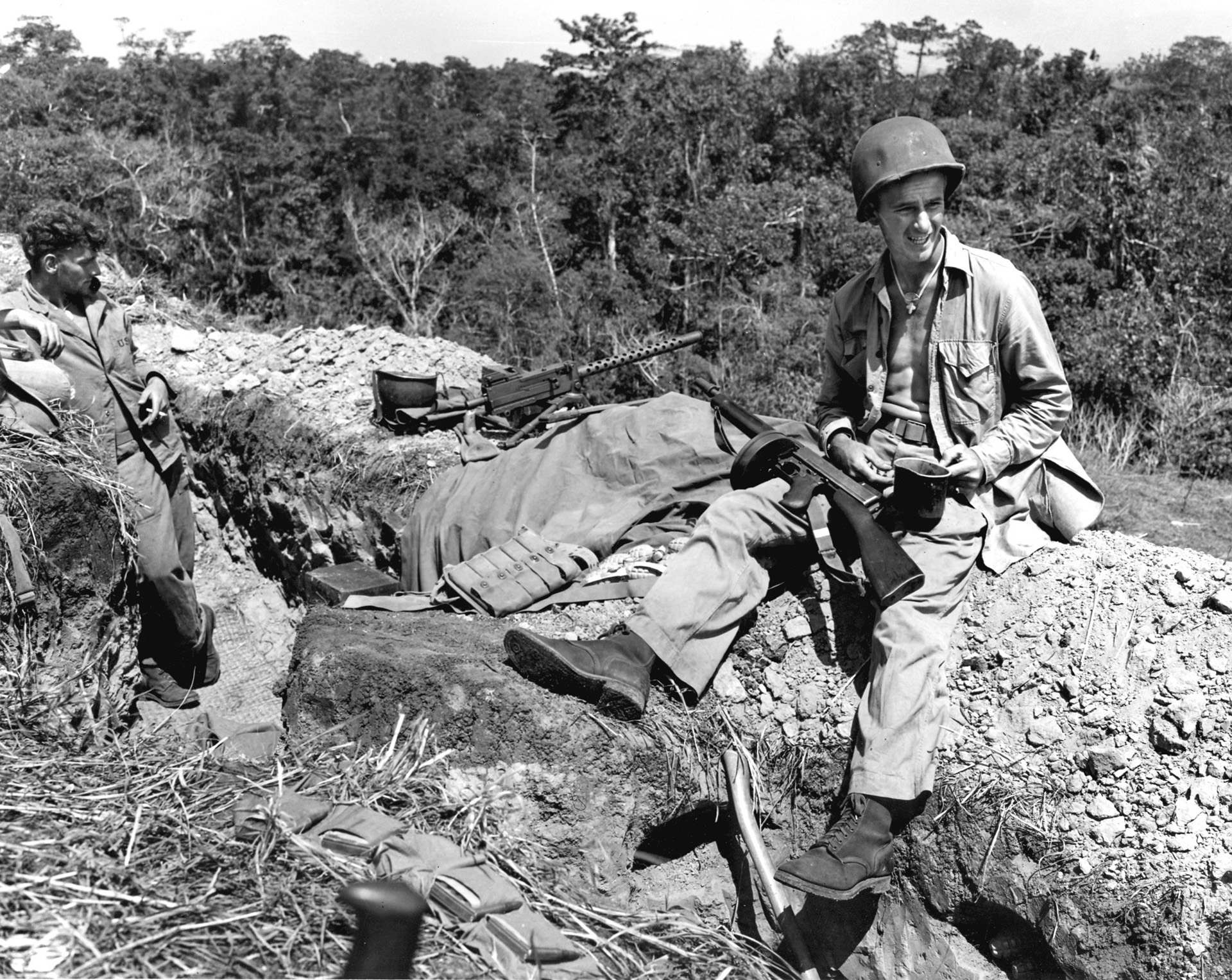
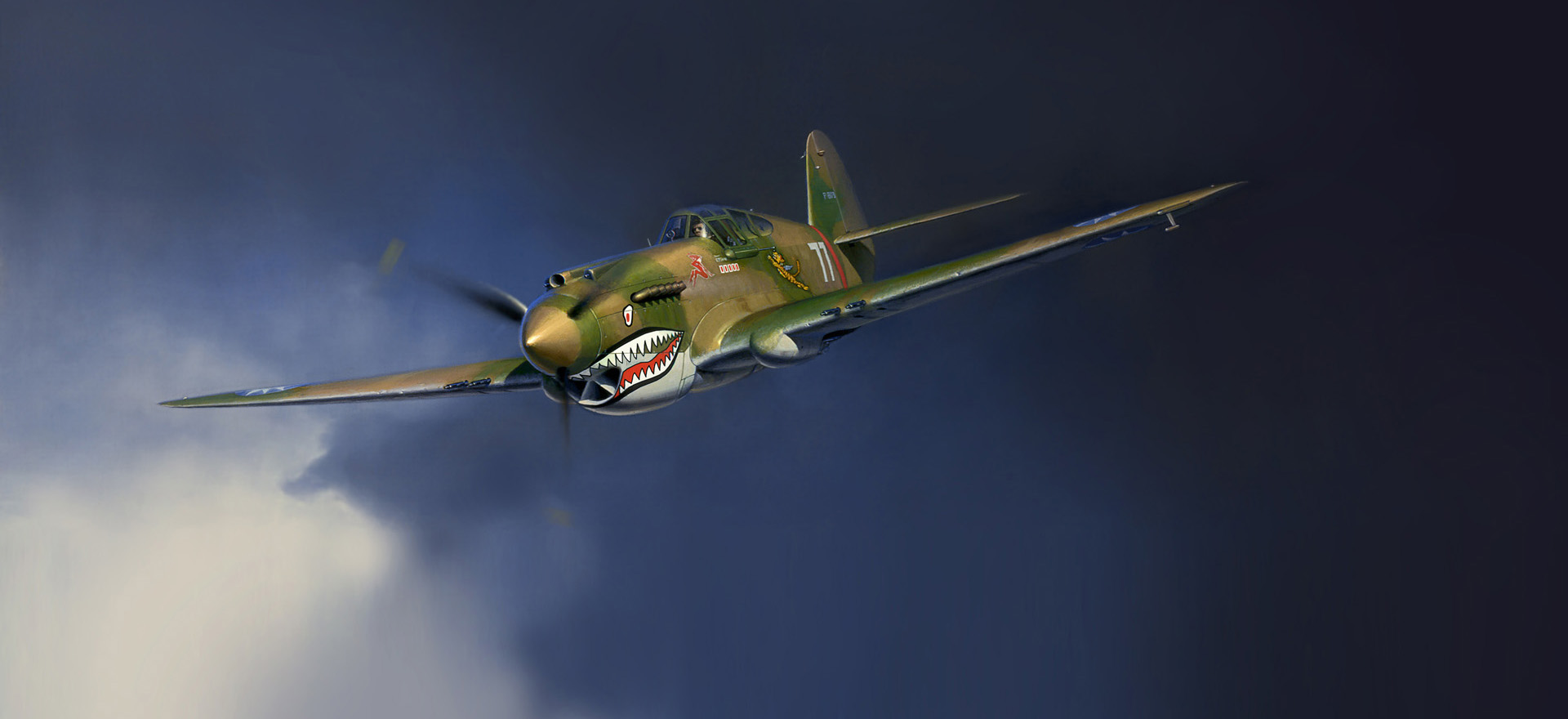
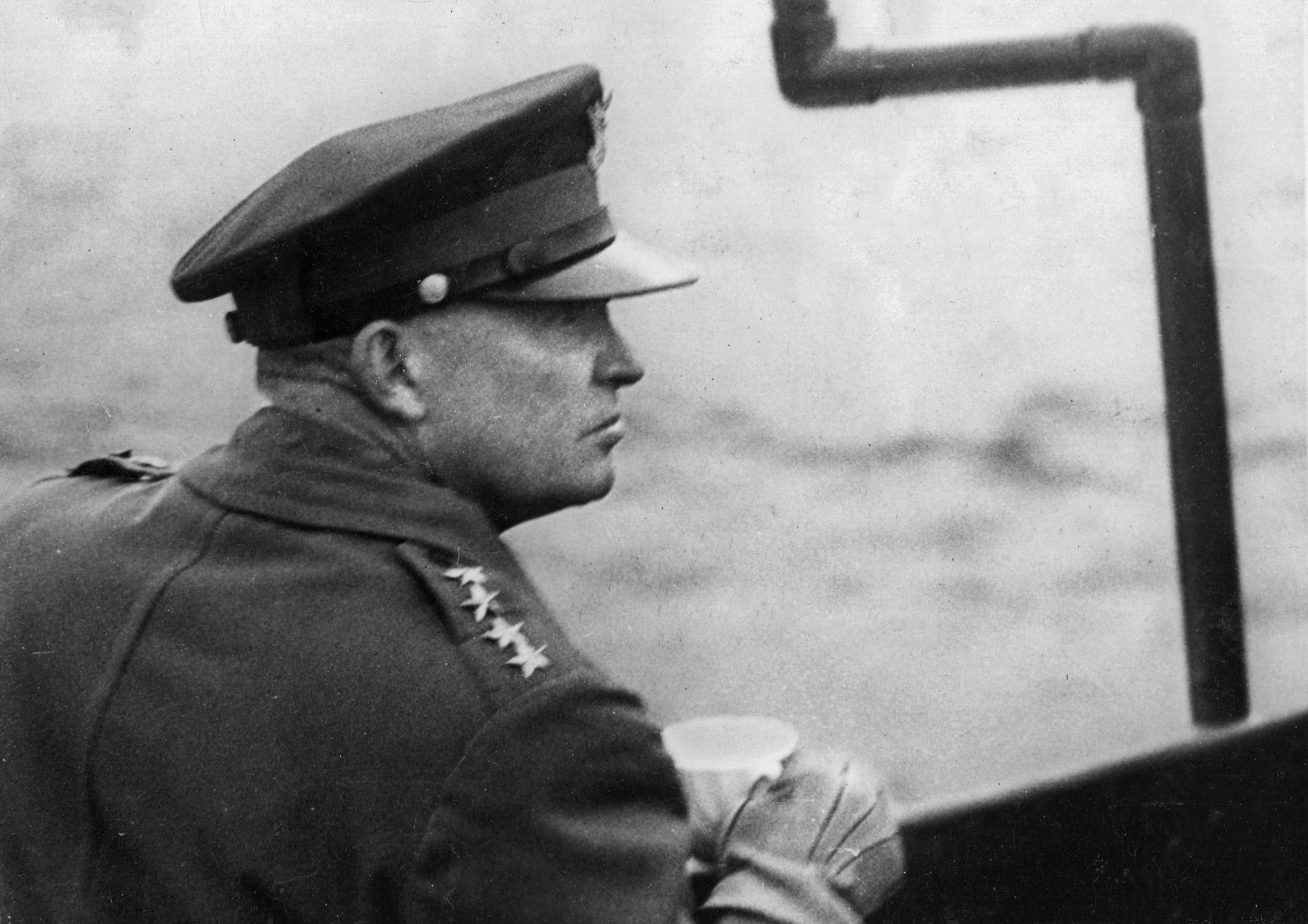
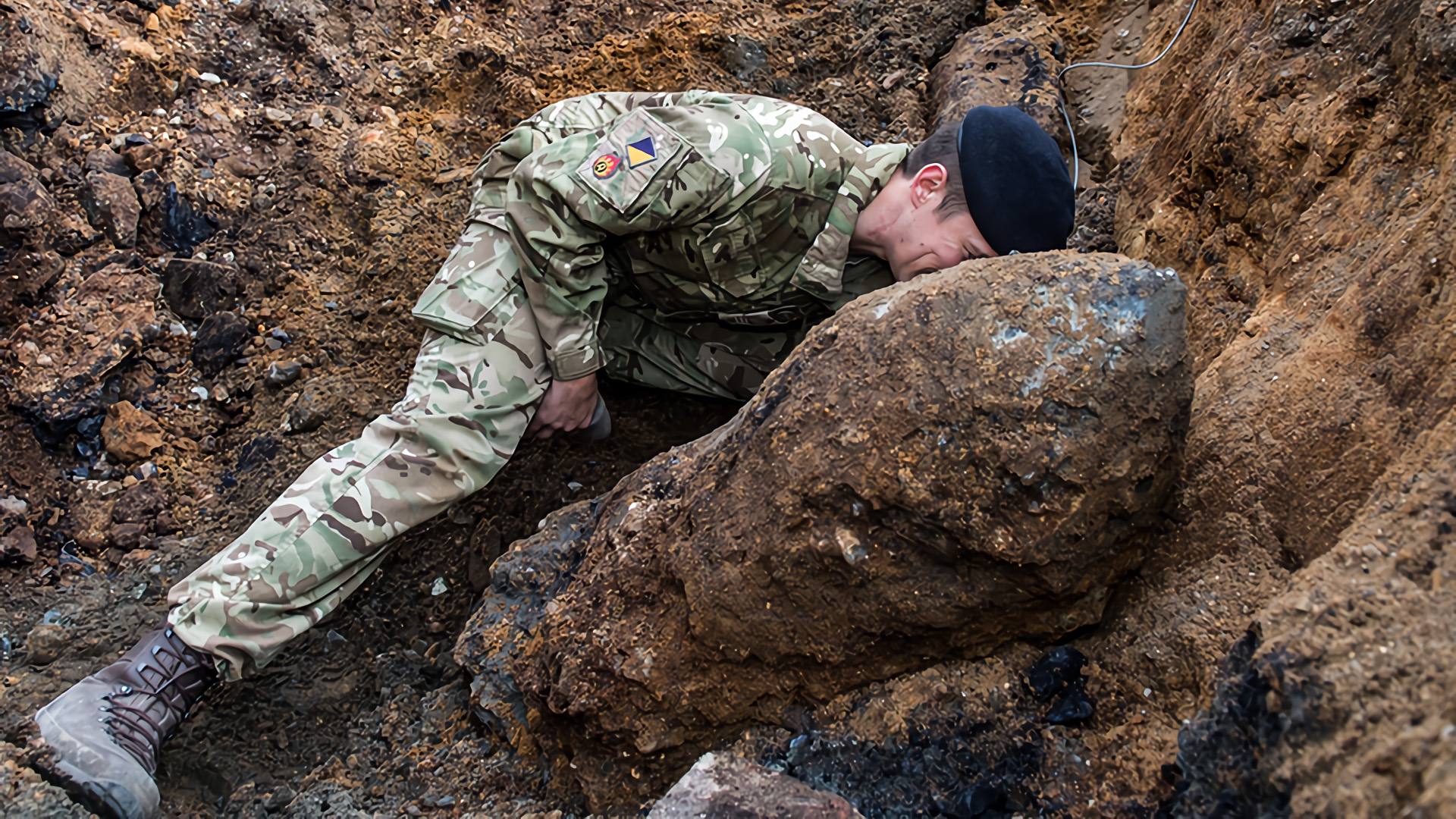
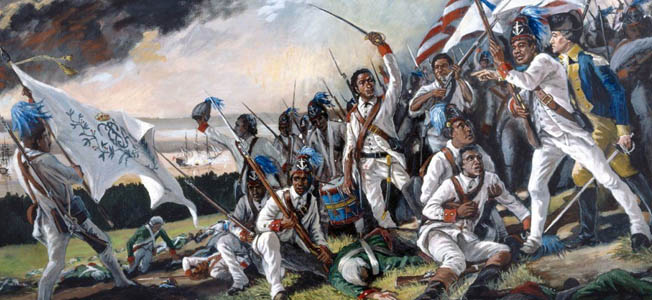
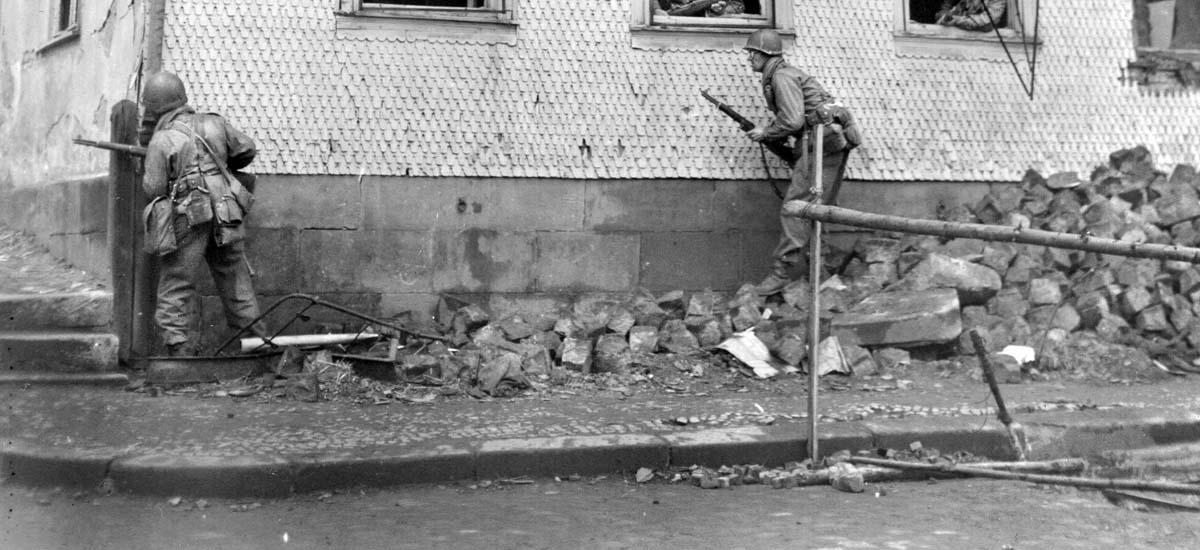
One of his successes, not mentioned, was his efforts in Burma along with British Lord Mountbatten and Orde Wingate. They tied down Japanese troops to the extent that Japan was never able to carry out their planned invasion of India.